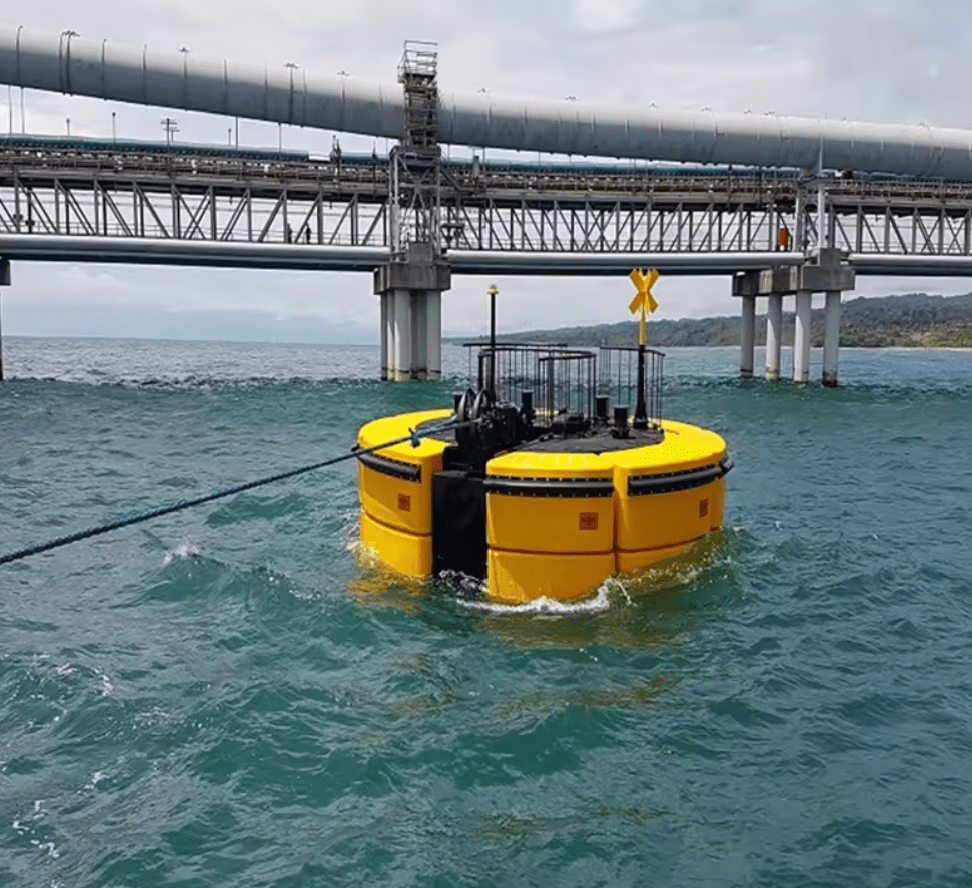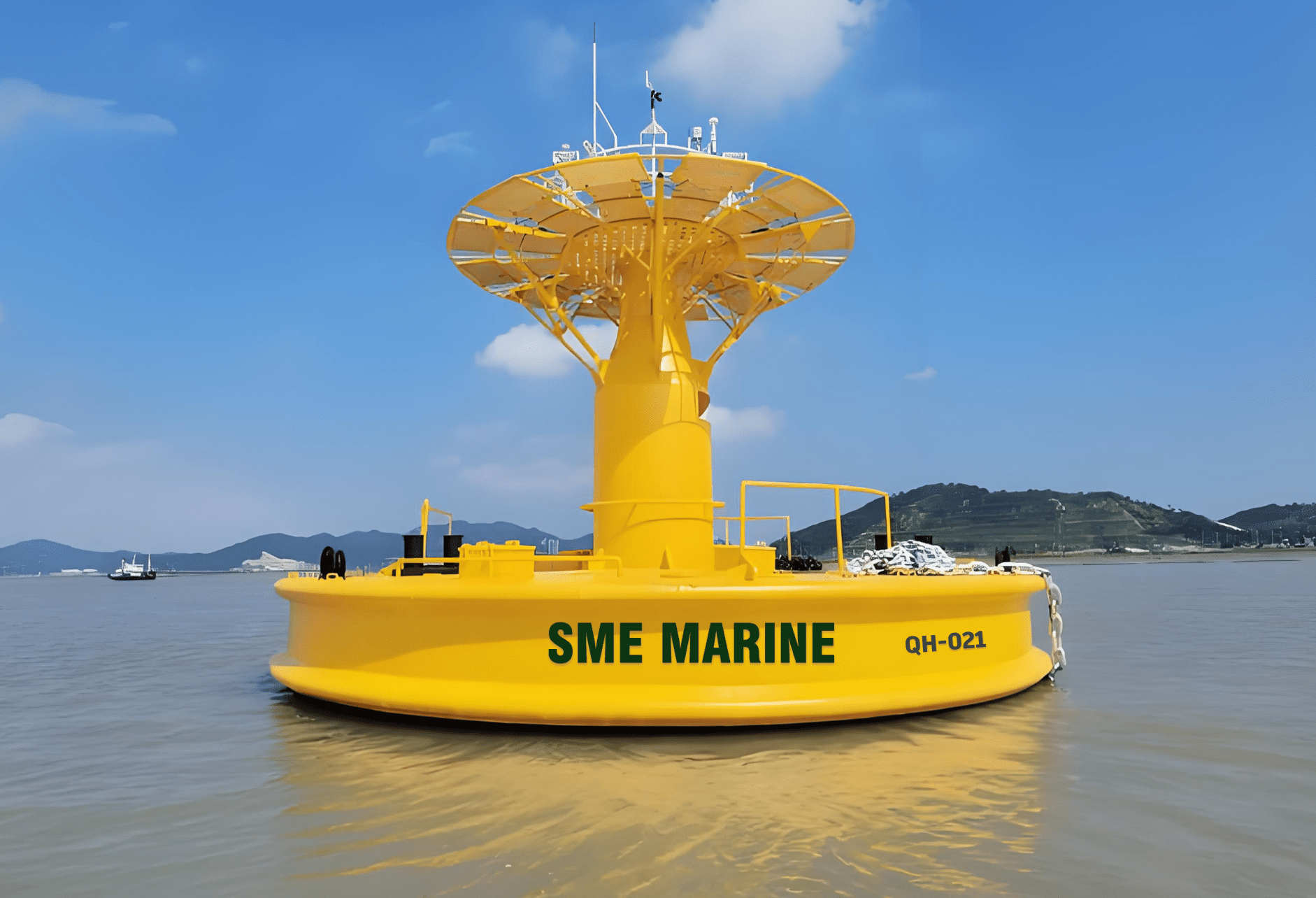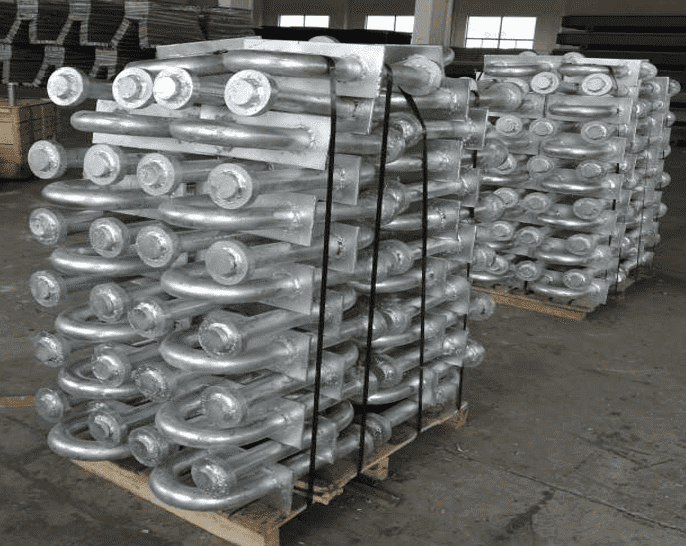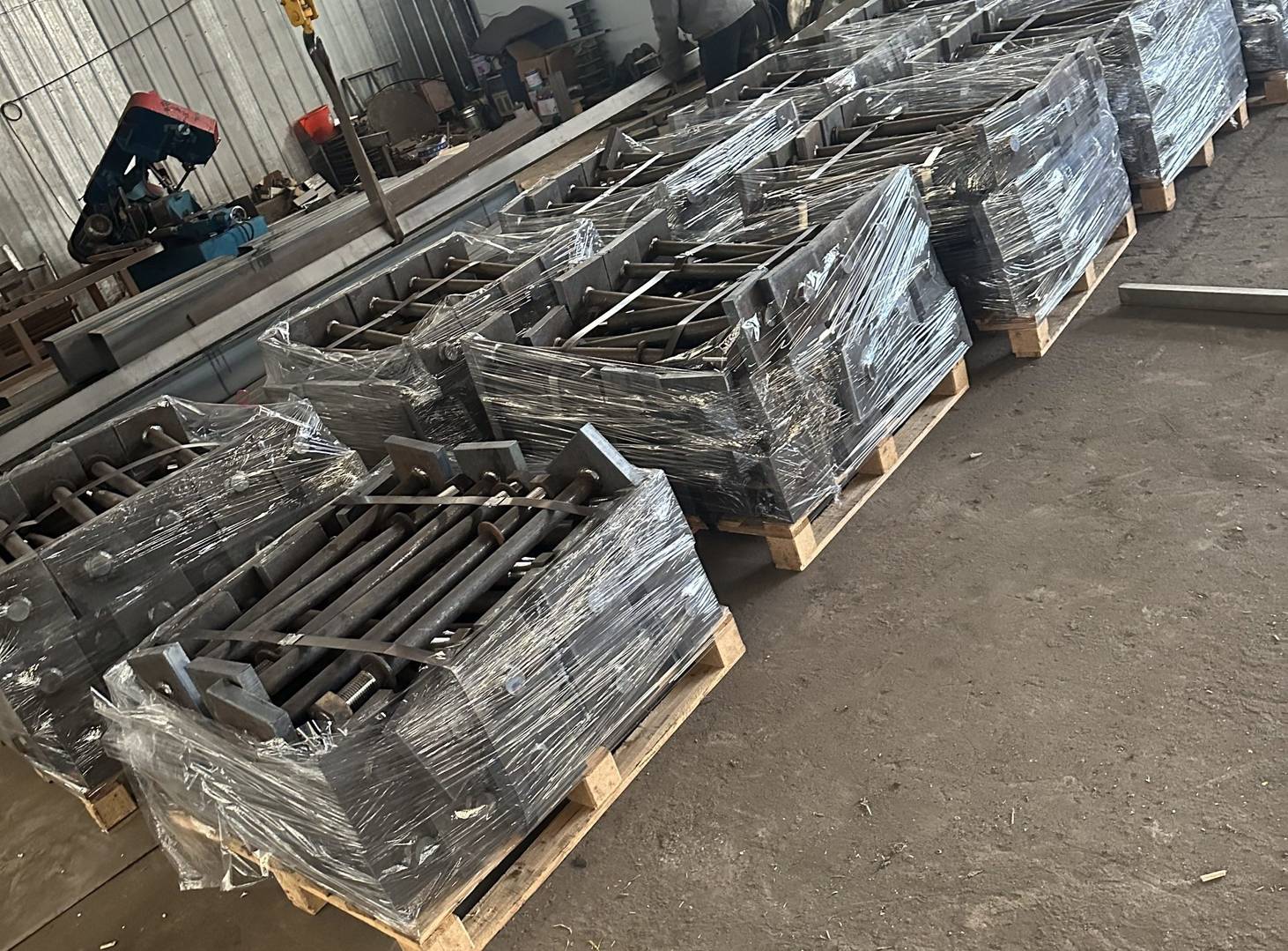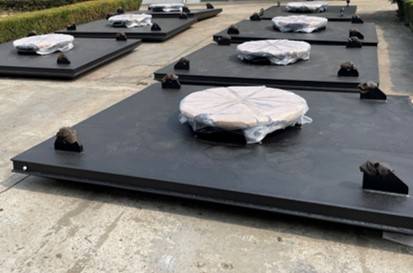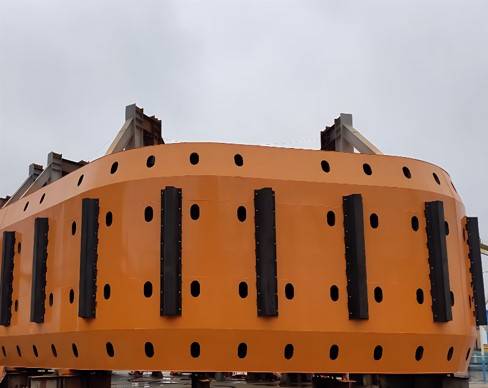SME offers a variety of mooring buoys that securely anchor vessels and watercraft near docks or in open water, providing extra mooring space and preventing drift. When docking is unavailable, these buoys offer reliable temporary mooring in nearby ports. SME mooring buoys meet all industry standards and U.S. Coast Guard requirements, delivering safety, durability, and peace of mind for ports, marinas, and open water operations.
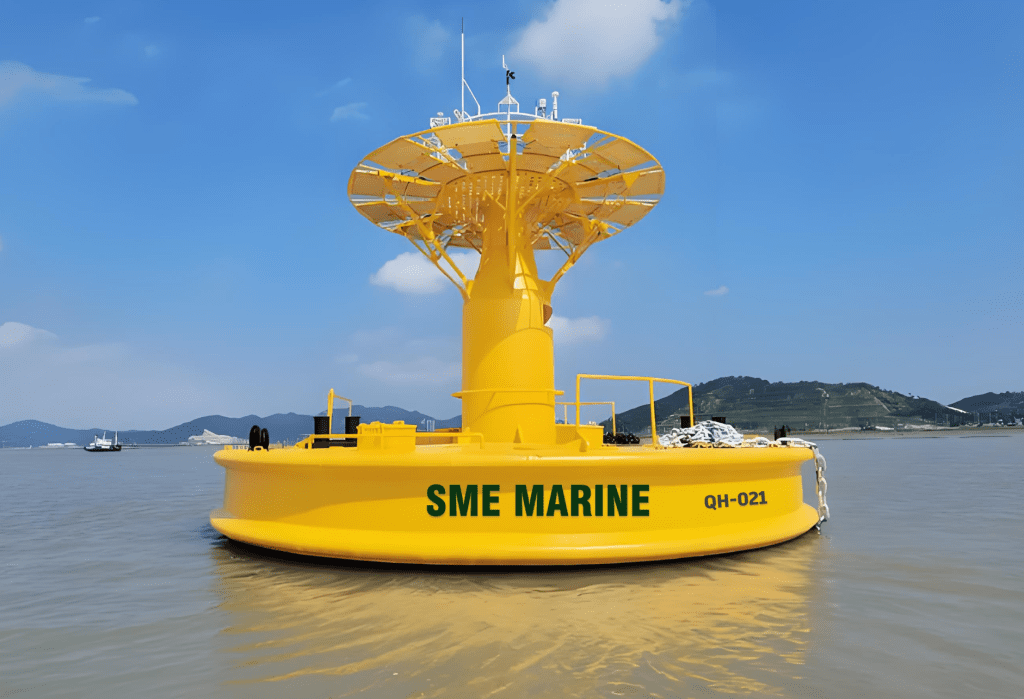
Marine Buoys Types
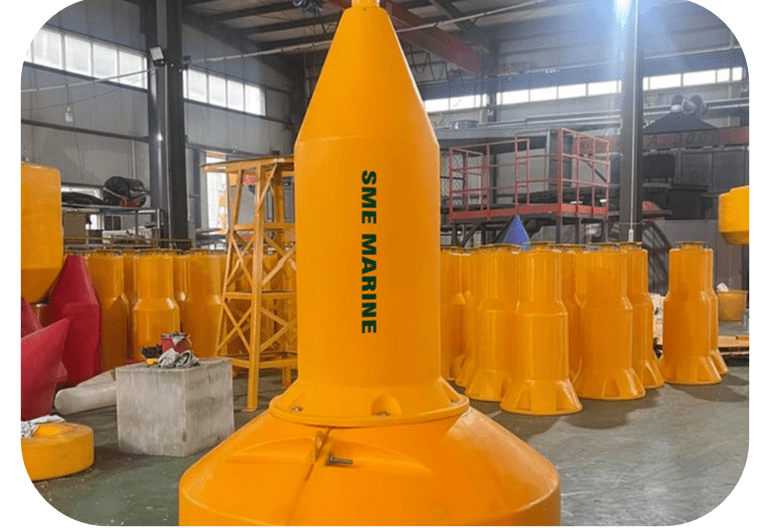
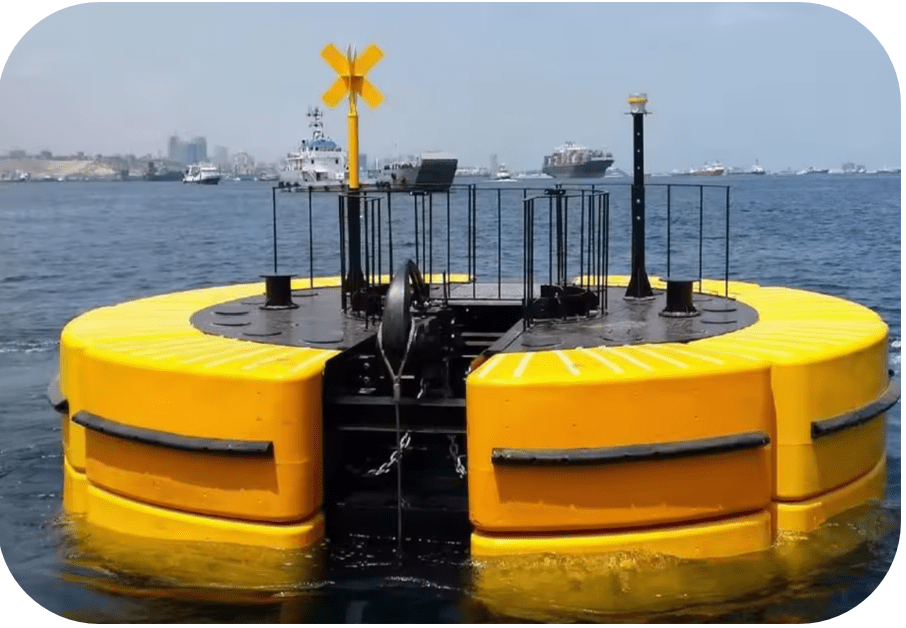
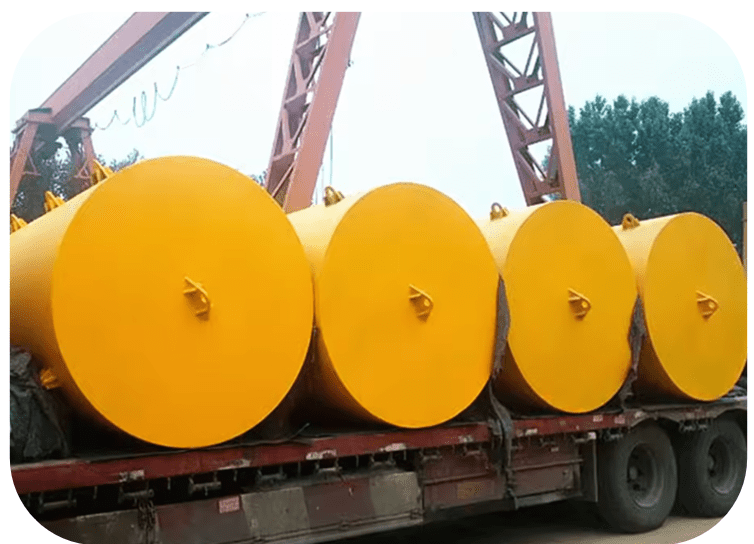
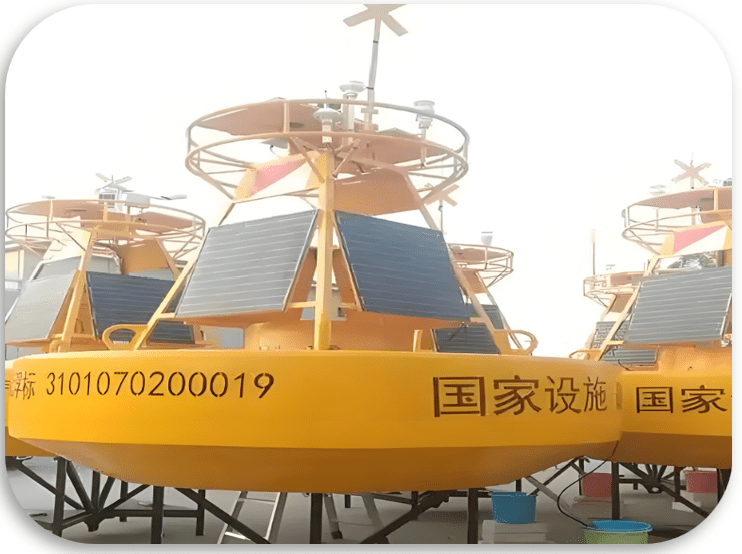
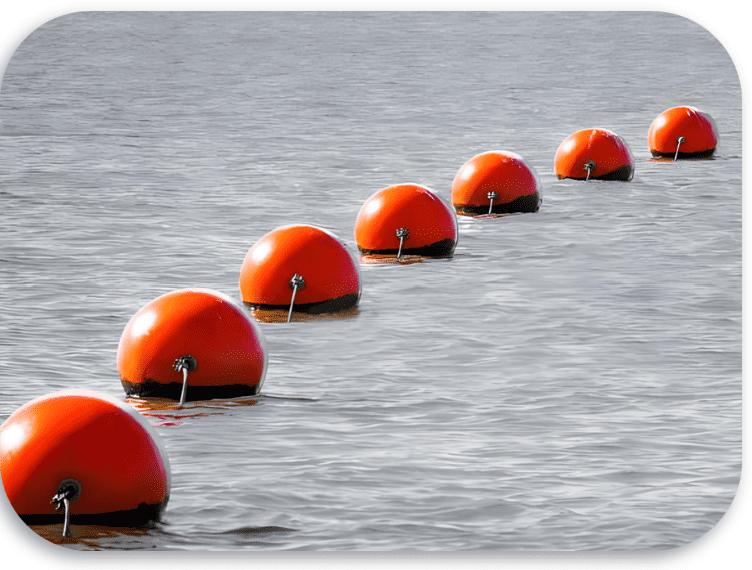
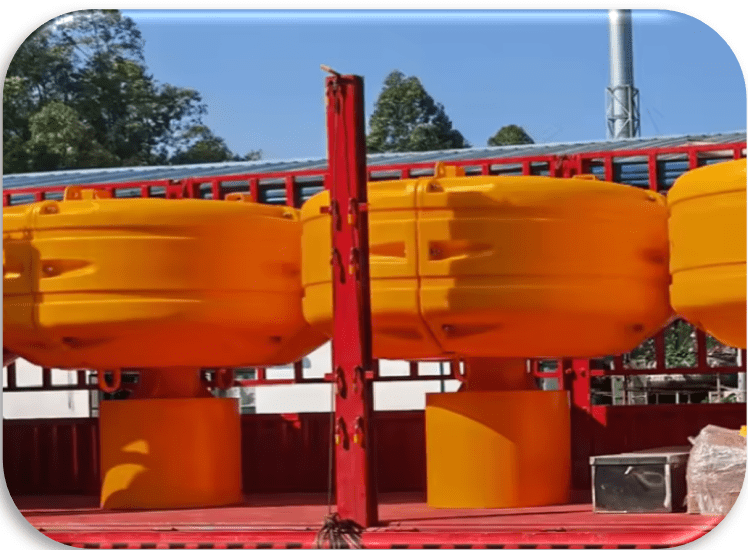
SME provides customized buoy solutions and manufactures all products in strict accordance with international standards. Each buoy is rigorously tested and certified by BV, SGS, and DNV to ensure reliable performance under various functional and environmental conditions.
You may also choose our fender systems and mooring bollards to ensure safe and efficient berthing and mooring operations.
For more details, please contact us for expert technical advice.
Proven in practice
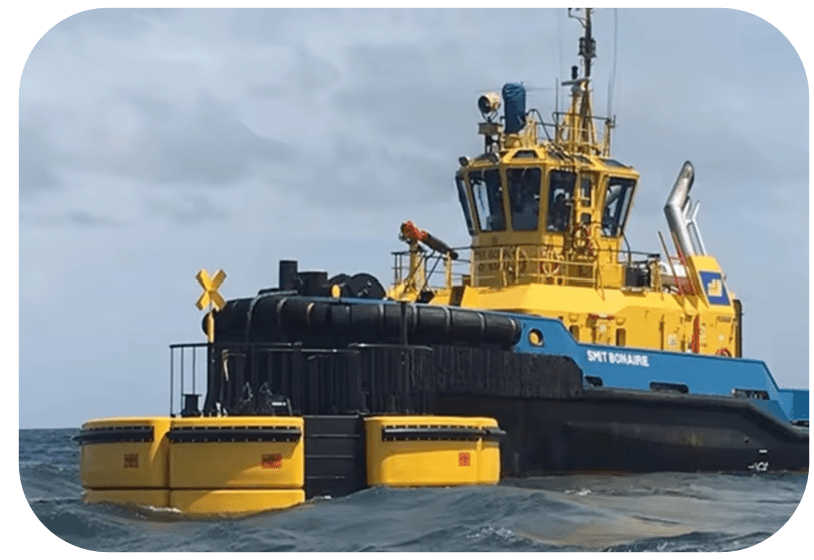
What is a marine buoy
Q1: What is a marine buoy?
A1: A marine buoy floats on the water surface or nearshore areas and serves multiple purposes. For example, it marks navigation channels, hazardous zones, or mooring points. In addition, many buoys collect oceanic and meteorological data. Therefore, marine buoys play a vital role in ensuring navigation safety, monitoring the environment, and supporting offshore operations.
Q2: What are the main functions of a marine buoy?
A2: Marine buoys perform several important functions. First, navigation: they guide vessels safely through channels and around obstacles. Second, mooring: they provide fixed points for securing ships or supporting anchor chains. Third, monitoring: they measure water quality, currents, waves, and weather conditions. Finally, warning: they alert vessels to dangerous areas, construction zones, or restricted waters.
Overall, these functions help maintain safe and efficient marine operations.
Q3: What types of marine buoys are available?
A3: There are several types of marine buoys, each designed for specific purposes. For instance:
Navigation Buoy: marks shipping lanes and hazards.
Mooring Buoy: anchors vessels securely.
Monitoring / Weather Buoy: collects environmental data.
Warning / Marker Buoy: signals danger or restricted areas.
When choosing a buoy, you should consider your operational needs, environmental conditions, and maintenance requirements. In addition, selecting the right type ensures both safety and efficiency.
Q4: What materials are used to make marine buoys?
A4: Modern marine buoy systems use materials such as high-density polyethylene (HDPE), polyurethane (PU), and composite polymers. These materials provide excellent corrosion resistance, durability, lightweight design, and high impact strength. Moreover, for heavy-duty applications, some buoys also incorporate steel structures. Therefore, material selection directly affects the buoy’s lifespan and reliability.
Q5: How are marine buoys installed and maintained?
A5: Operators typically anchor marine buoys using chains, cables, and mooring systems. In addition, maintenance teams regularly inspect buoys for corrosion or damage. If the buoys are equipped with sensors, they also perform periodic calibration. Overall, polymer buoys require minimal maintenance and withstand harsh marine conditions, which reduces the need for frequent upkeep.
Q6: What certifications do SME marine buoys have?
A6: SME manufactures marine buoy systems according to international standards and rigorously tests each product. In fact, BV (Bureau Veritas), SGS, and DNV certify these buoys, ensuring reliable performance in ports, offshore areas, and scientific monitoring sites. Consequently, clients can trust SME buoys for safety, durability, and compliance.

